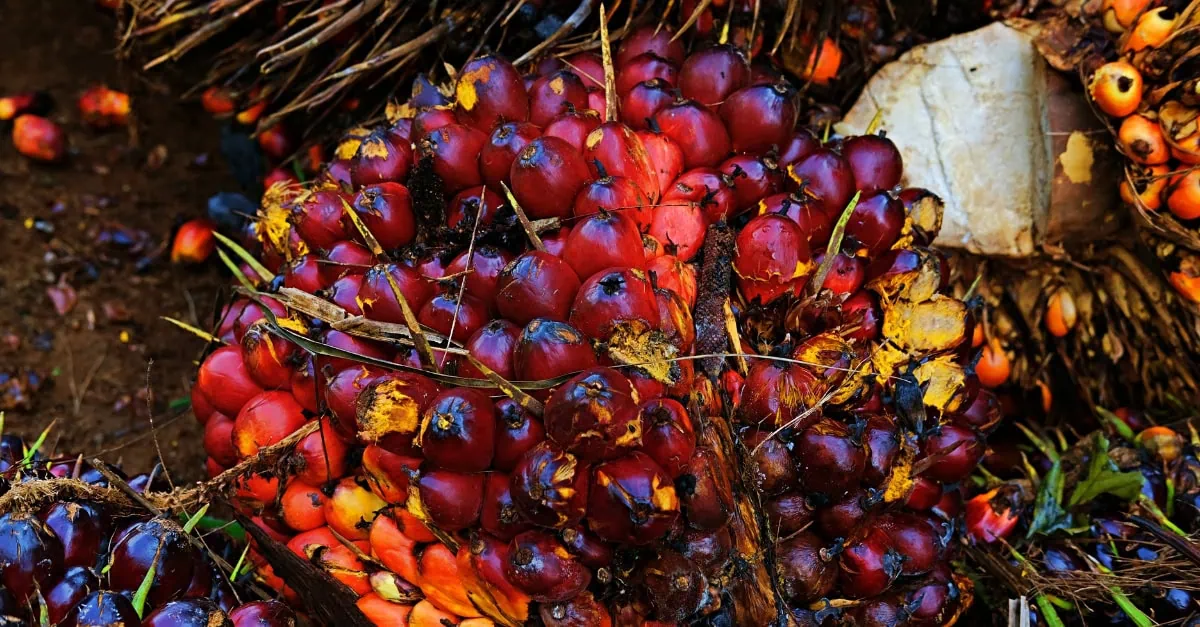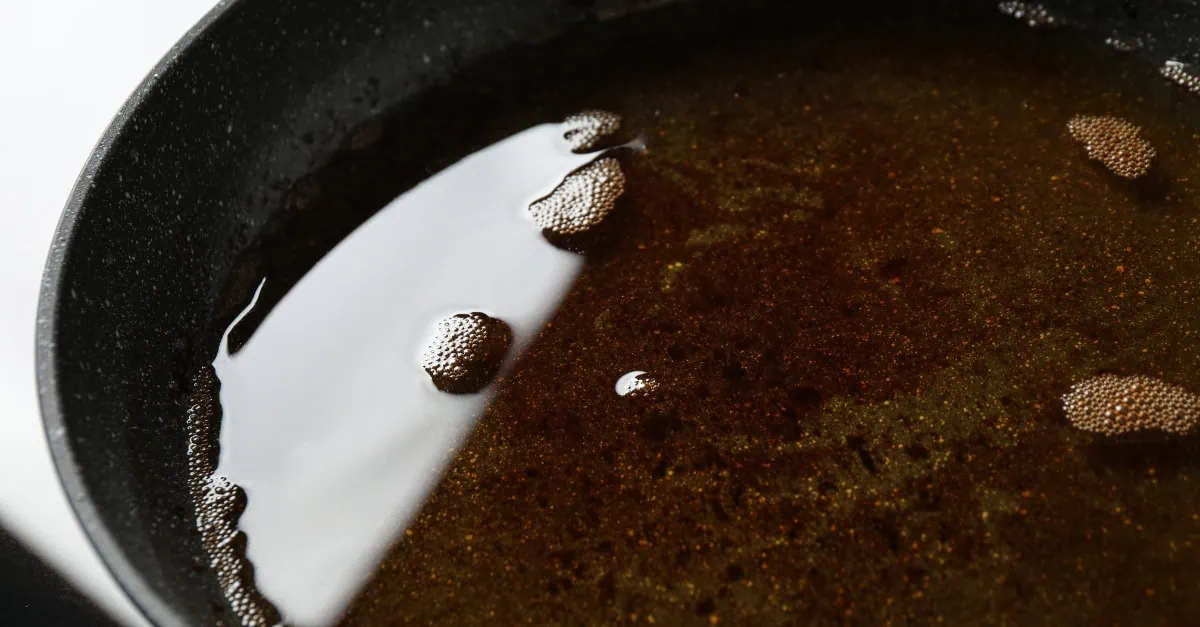In recent news, India has raised import duties on edible oils to support domestic production and stabilize local markets. Starting from mid-September 2024, the government imposed a 20% basic customs duty on crude edible oils like palm, soybean, and sunflower oils.
Despite the recent duty hikes, palm oil imports surged by 50% in October compared to September, 527,000 metric tons. In just the first ten days of October, Kandla and Mundra ports recorded the arrival of around 143,000 metric tons of palm oil, already surpassing the total imports for the entire month of September (122,000 metric tons).
RBD palm olein prices in India peaked recently due to the import duty hike that impacted the market starting in the first week of August. While this led to heightened activity in the futures market, the actual cash market showed minimal response, suggesting that immediate sales were not as strong. Additionally, the correlation between India’s prices for RBD palm olein and those in Malaysia and Indonesia has weakened, reflecting the influence of local factors specific to the Indian market.
With RBD palm olein now the most expensive vegetable oil in India, demand has slowed significantly. During August and September, prices at the Kandla palm refineries rose to ₹37 per kilogram, making it the costliest vegetable oil in the country during that period. The high prices initially led to intense buying activity; however, as the market became overheated, traders grew cautious, reducing trade activity even as the Diwali festival approached—a time when demand typically peaks.
Additional Insights Why Palm Oil and Palm Olein Prices Have Most Likely Peaked – by RKS Insights
According to our partner RKS Insights, palm oil and palm olein prices are believed to have already peaked, regardless of production levels or stock behavior in Malaysia. Several factors support this outlook:
- Increased Stock Levels: India Palm oil imports in October are expected to exceed the average monthly imports of the past three years, resulting in increased stock levels at major ports such as Kandla and Mundra. This elevated stock may put downward pressure on prices as supply rises.
- Rising Demand for Soy Oil: As winter approaches, the demand for soybean oil, which is cheaper than palm oil, is expected to increase. This shift is likely to further slow the demand for palm olein as consumers and industries opt for the more affordable alternative.
- Increased Supply of Soft Oils: The supply of other vegetable oils, such as soybean and sunflower oil, is expected to rise as new crop harvests begin. This increase in supply will offer the market more affordable alternatives, reducing the reliance on palm oil and putting further pressure on its prices.
- Traders Booking Profits: With many Indian traders having already bought large quantities of palm oil, there is little incentive for fresh purchases. Instead, traders are focusing on booking profits from their existing stocks rather than engaging in new buying activity.
For real-time pricing data on Palm Oil and Palm Olein, visit Vesper’s platform for free.





